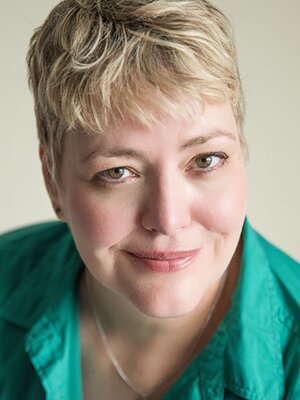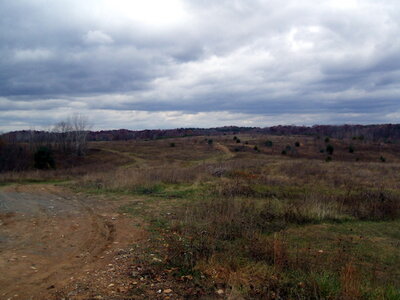
Darla Munroe (PhD, 2000) is Professor and Chair of Geography at The Ohio State University. Her research covers economic, social, and land use geography with a focus on human-environment interactions at a landscape level. While at Illinois, she was a graduate research assistant with Prof. Geoff Hewings’ Regional Economics Analysis Lab (REAL) and with the Ecological Processes Division of the U.S. Army Construction Engineering Research Lab (CERL).
I was always fascinated by how diverse the world really is, wanting to understand people and places far different from those I found familiar. I obtained a double major in Economics and International Affairs and a Master’s in Applied Economics from the University of Michigan because I planned to go work at the World Bank. But then I decided I wanted to research further into the promise and pitfalls of applying (simple) development models to diverse institutional settings, and so I came back to geography – which I remember as being transdisciplinary, sensitive to context, and historical. I came to UIUC because it was a doctoral program that encouraged interdisciplinarity and I crafted a program that included a graduate minor in Urban and Regional Planning and Agricultural and Consumer Economics.
I was fascinated by post-socialist transitions in Central and Eastern Europe, and specifically how they were transforming rural land systems. I chose to focus on Poland because there was a strong tradition of private farm ownership – they had resisted postwar efforts toward collectivization and the country still bore distinct regional administrative legacies from prior imperial powers (Russia, Austria, and Germany).
For the first time I was exposed to geographic information systems and spatial analysis, and I used these tools to explore lasting structural differences in agricultural land-use patterns as farms continued to orient production to new markets. I also learned peasant studies frameworks to analyze farm operator data to classify farms according to their degree of market openness, and I studied political ecology insights on how patterns of land degradation at a farm level require attention to multiple scales of influence and constraints on farmers from markets, state policy, and other institutions.

A few years ago, two other OSU Geography faculty and I took a group of 25 undergraduates to visit an open-pit coal mine in southeastern Ohio. This former underground mine was being “remined” via massive earthmovers whose wheels were larger than a pickup truck. The pit was a huge, artificial “canyon” in the landscape, invisible from the road due to a thin line of trees. We were so lucky to have the coal mine operators give us a tour because a Master’s student we had hired from that rural county had a personal connection to the mine supervisor. We climbed up a ridge, stood at the edge of the pit, and gawped at the heavy machinery and noise far below us, as the yellow machines methodically scraped out the next line of earth to be sifted for any remaining coal.
There was stunned silence in the van after the tour as we attempted to debrief students. Finally, one young woman blurted, “I was expecting a museum with a gift shop!” As we all reflected on what geographic imaginaries students had before the field trip as to what “visiting a coal mine” constituted, I realized how much we “city-dwellers” live in landscapes of consumption. Meanwhile the landscapes of production, that are quite literally keeping the lights on, are not so remote physically but remain so alien without a conscious effort to reach.
I have a lasting interest in farmland abandonment in Europe and now also the Americas, and its relationship to urban-rural dynamics: how broader industrial changes and global production networks shift the abilities of regions and local peoples to sustainably manage their lands. Large-scale land acquisitions are increasingly enrolled into trends of big finance. Through my work with the Global Land Programme (glp.earth), I have collaborated with other scholars to develop conceptual models that describe our current global land systems as unsustainable and unjust.
For the last decade, I have also been working very locally in Appalachian Ohio, with a study area just two hours away, but one that spans a cultural divide. I work with colleagues to understand how rural forested communities in the northeastern US respond to past shocks and crises by reorganizing forest-production relationships in ways that can be win-win for economies and forested ecosystems.